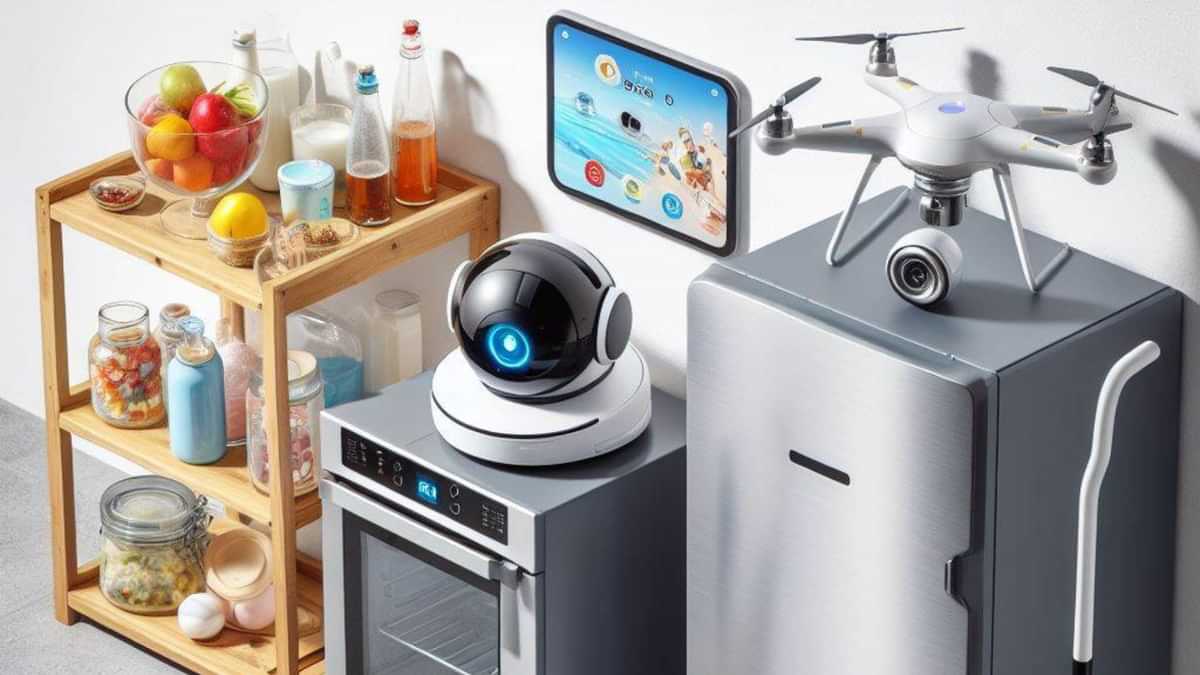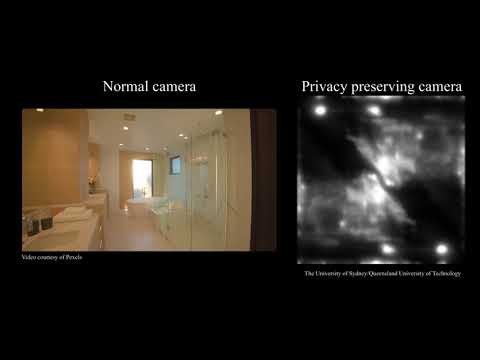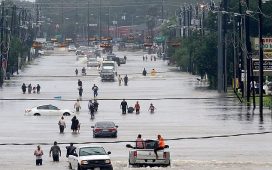Sighted systems can capture voluminous amount of private and personal videos, which exposes the users to risk. Researchers have developed tech that can allow robots to complete their tasks, while making the images incomprehensible to humans. The robots just need to recognise certain patterns, and can work just as well with obfuscated images that are unintelligible to humans.
Sighted systems can compromise privacy. (Image Credit: Bing Image Creator).
New Delhi: From smart appliances, to baby monitors, to household robots, to delivery drones, connected domestic devices are increasingly exposing humans to privacy risks because of the proliferation of cameras and microphones in households. Researchers have developed a technique that processes and scrambles visual information as and when it is captured. The obfuscated images are anonymised and humans cannot make any sense out of them. However, the robots can use the information for the task at hand.
The Internet of Things has a lack of standards as well as weak regulations, making them prime targets for attacks by malicious actors, who can steal and abuse videos and images stolen from sighted systems. The images can also be leaked online inadvertently by human users. The distorted images are immune to such security risks, as they can only be used by the devices and robots to perform their tasks, without providing a comprehensive visual representation that compromises privacy.
The crucial advancement here is integrating the processing with the optics and analogue electronics before it even gets onto a computer. A paper describing the research has been published in the Journal of Responsible Technology. One of the study authors, Don Dansereau says, “This is the key distinguishing point from prior work which obfuscated the images inside the camera’s computer – leaving the images open to attack. We go one level beyond to the electronics themselves, enabling a greater level of protection.”
The researchers tried to hack their own system
The researchers evaluated the risk of the system by attempting to reconstruct coherent visuals based on the data captured. They also opened up the challenge to the community, inviting anyone interested to have a go at reconstructing the original image. The researchers as well as third parties could not reconstruct the image, demonstrating that the system works at protecting privacy.
The technology can prevent a vacuum cleaning robot from leaking information about your house on the dark web, or a delivery drone from mapping your backyard. The technology can also be put to use where security and privacy are concerns, such as schools, hospitals, factories, warehouses and airports.











